|
|

|
  
Top Stories
Update 2021/3/9
Wastewater
FROM MARMALADE TO GRAND MARNIER TO ELECTRICITY
Seville water company is turning on the juice with oranges
By Suzanne Forcese
“Those of us managing municipal services, such as environmental resources or water, have the responsibility to take on the challenges posed by climate change and provide imaginative and sustainable solutions that lay the foundations for new construction models in this world.” – Mayor of Seville, Juan Espadas
More than 50,000 orange trees spread to all corners of Seville giving this Spanish city its visual and olfactory identity. Although bitter to the taste, Seville oranges are the inspiration for marmalade, as well as liqueurs like Grand Marnier and Cointreau.
Now, orange is the new green.
Over 35,000 tonnes of the fruit that fall annually on the streets of Seville are being collected by the city’s municipal water company to produce energy.
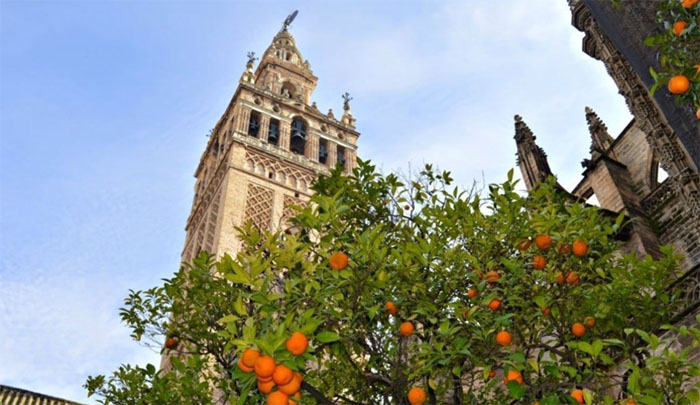
Seville oranges earned their name from Seville, Spain, where they were introduced from Asia during the 12th Century and became a symbol for the city./font>
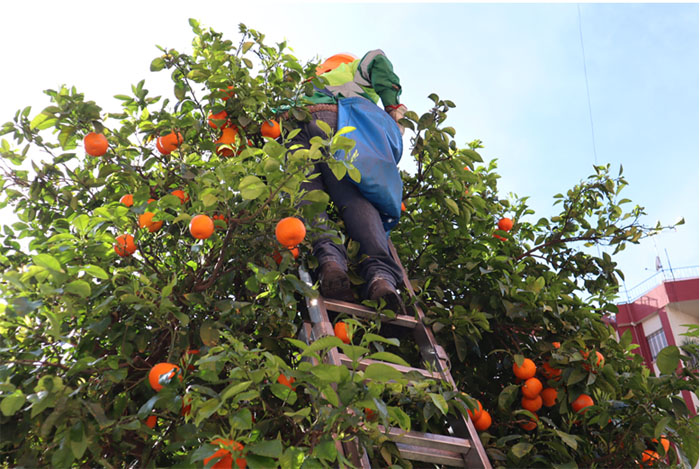
City workers collecting oranges to be converted to electricity Photo courtesy EMASESA
WATERTODAY had the pleasure of interviewing both the Mayor of Seville and Jaime Palop, CEO of EMASESA.

Jaime Palop, CEO of EMASESA (Empresa Metrolpolitana de Abastecimiento y Saneamientos de Aguas de Sevilla).
EMASESA has various investment projects underway at the Copero Wastewater Treatment Plant with the aim of making it a benchmark environmental centre in Spain. The objective of this pilot project is to generate clean energy from the juice of bitter oranges from the streets of Seville. Part of the bitter oranges, from which the juice is extracted, is used to generate electricity through biogas.
Photo Courtesy EMASESA
“In our case, turning oranges into electricity is an example of a circular economy and a commitment to mitigating climate change. At our Copero Wastewater Treatment Plant we make use of oranges that come from trees on public streets, converting the fruit into clean energy,” Palop told WT.
“Oranges used at WWTP’s are turned into gas and are used also to generate electricity for the costliest part of the process of urban water recycling – purification.”
Any material that cannot be utilised for co-digestion is composted, thus closing the carbon cycle, and it is returned to the soil.
“The term co-digestion refers to the joint anaerobic digestion of two or more substrates (waste) of different origin. The main advantage of co-digestion is that it uses the synergy of the mixtures, compensating the deficiencies of each of the substrates separately.”
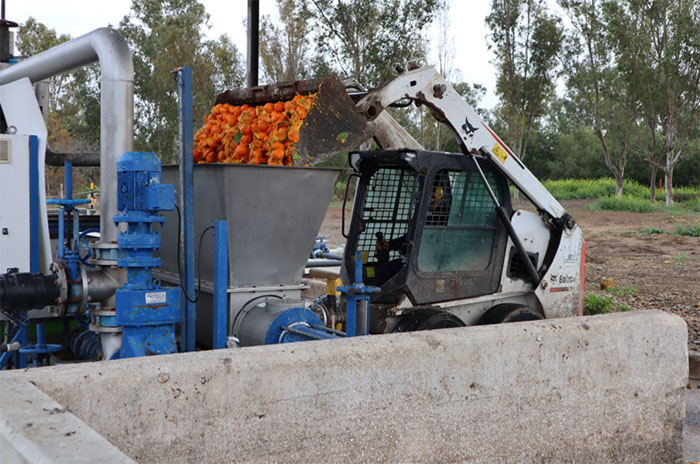
In 2020 the wastewater treatment plants operated by EMASESA generated enough energy for self-supply, equivalent to the annual consumption of 5,800 homes. The project aims to use the entire production of bitter oranges in the city to generate clean energy in the future.
“Other advantages of the process include the obtainment of a valuable sludge that can be used as an organic amendment for soils in accordance with current legislation and the unification of the management of different waste by sharing treatment facilities, reducing investment and operating costs.”
“This model management is an example of self-sufficiency and sustainability in the field of water recycling. This is the main way we operate locally on an environmental level and this makes WWTPs an industry devoted to decontaminating and improving the environment.” –Jaime Palop, CEO EMASESA
“This project,” Mayor Juan Espadas told WT, “has the clear objective of providing innovative solutions for the water and waste management, energy self-sufficiency, the fight against climate change and the conservation of biodiversity, demonstrating a commitment to protecting the environment and improving the citizens’ quality of life by reducing their environmental footprint.”
The co-digestion process is a solution for waste that has high organic load and this, in addition, leads to the increased production of biogas from WWTPS. These improvements also translate into advantages for the environment: br>
- fewer incidents that lead to spills from the wastewater treatment plants of industries outside the geographical boundaries that could affect reception channels
- these improvements mean lower energy consumption at WWTPs with increased use of more efficient renewable energies
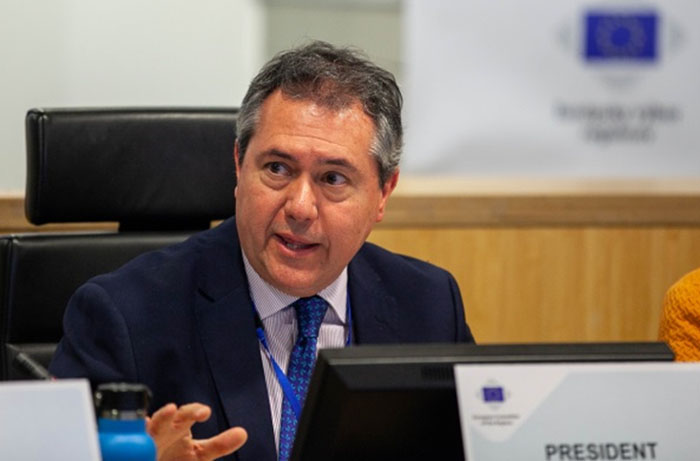
Mayor of Seville, Juan Espadas, Chair of the ENVE commission and of the Green Deal Going Local working group of the European Committee of Regions
“The recovery of oranges from public roads is an example of a circular economy and a commitment to mitigating climate change in the water supply and sanitation process. We make our treatment plant a decontaminating and environmental ‘improving’ industry,” – Mayor Juan Espadas told WT
Moving forward, EMASESA aims to turn Copero WWTP into an environmental complex providing innovative solutions for: water and waste management; energy self-sufficiency ; the fight against climate change; and the conservation of biodiversity. It highlights a commitment to protect the environment and improve the quality of life of citizens by reducing its environmental footprint.
“At the moment, we are busy creating a Climate Emergency Declaration which we are setting up hand in hand with the involvement of the public, and also with technicians and experts in areas such as climate change, sustainability, urban planning, infrastructure etc.
“This allows us to be pioneers and a benchmark in our field,” Palop says.
The Declaration aims to promote coordinated and consistent action by EMASESA in the face of the effects of climate change in order to reduce present and future damage, as well as to build a more resilient, carbon neutral company that is in line with local, regional, national and international policies.
“As part of the mitigation projects, our main effort is focused on energy self-sufficiency and in particular continuing with:
- the electrification of our fleet of vehicles
- using hydroelectric energy from the EI Gergal reservoir,
- solar power from the photovoltaic installation at the Carambolo (ETAP & drinking water treatment plant) and
- the generation of energy thanks to the La Trocha hydraulic pump
The 2 latter projects will make the EI Carambolo drinking water treatment plant self-sufficient when it comes to energy.”
“For Seville,” Mayor Juan Espadas concludes, “as the capital of Andalusia, its Climate Emergency Declaration has been key. The implicit commitment in the declaration does not remain a mere recognition of intentions, but rather commits all public institutions and organizations in the implementation of precise and detailed actions in the fight against Climate Change in our local environment, all of them framed in the Sustainable Development Goals agreed by the United Nations.”
In a city full of heritage a new uniqueness is converting the pulse that moves a modern city into a transversal line with all the possibilities of moving forward while maintaining tradition.
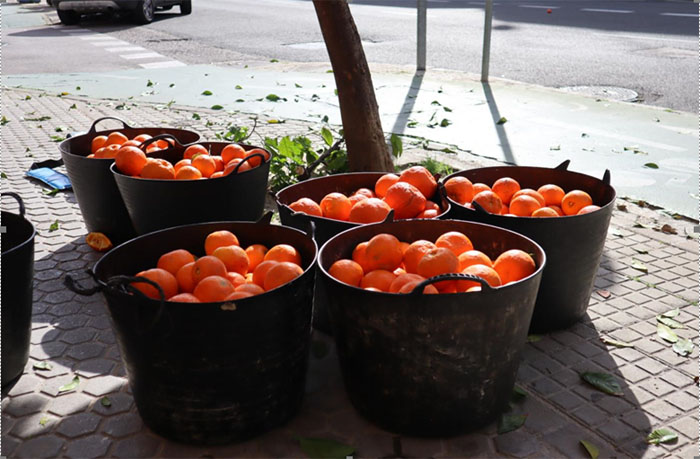
Seville’s Oranges Moving Forward With Tradition Photo courtesy EMASESA
suzanne.f@watertoday.ca
|
|
|
Have a question? Give us a call 613-501-0175
All rights reserved 2025 - WATERTODAY - This material may not be reproduced in whole or in part and may not be distributed,
publicly performed, proxy cached or otherwise used, except with express permission.
|
| |